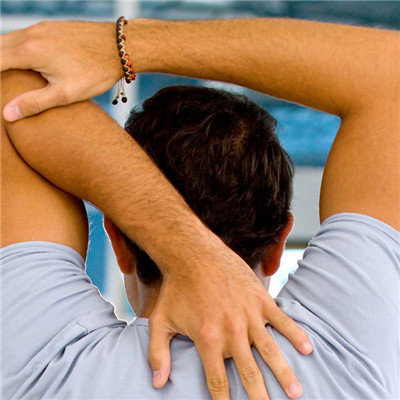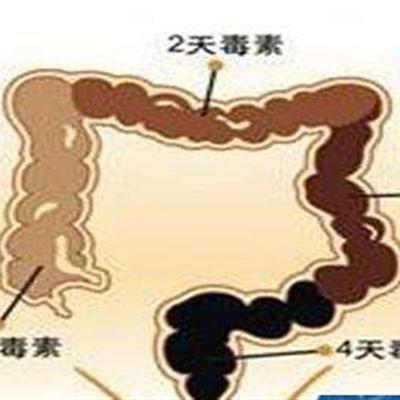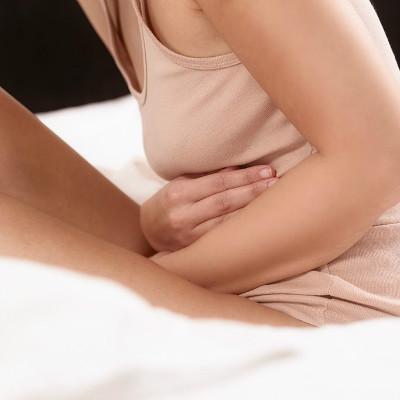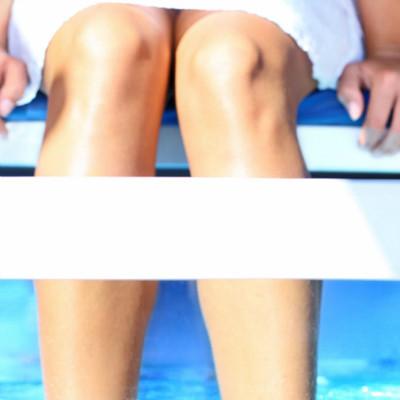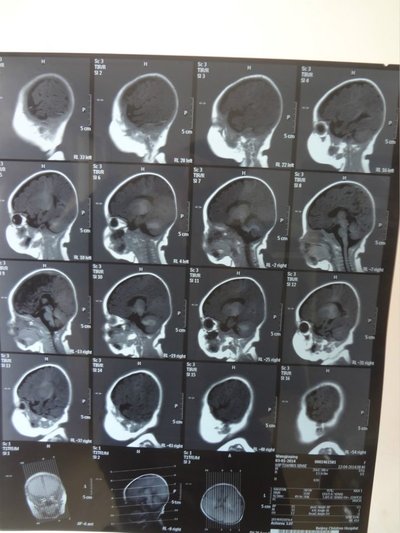Symptoms of lumbar spinal stenosis
summary
Lumbar spinal stenosis is a kind of disease that causes the shortening of spinal canal diameter and compression of dural sac, spinal cord or nerve root, resulting in corresponding neurological dysfunction. It is one of the common causes of lumbar diseases such as low back pain and low back pain, also known as lumbar spinal stenosis syndrome, which occurs in the middle-aged people over 40 years old. Quiet or rest often asymptomatic, walking a distance after lower limb pain, numbness, weakness and other symptoms, need to squat or sit down to rest for a period of time, can continue to walk. With the aggravation of the disease, the walking distance is shorter and shorter, and the rest time is longer and longer. Symptoms of lumbar spinal stenosis? Let's talk about it
Symptoms of lumbar spinal stenosis
Low back pain and low back and leg pain: most patients have a history of low back pain, and then develop into radiating pain from the buttocks to the lower limbs. The symptoms are aggravated after standing, walking or activities, and relieved when sitting, lumbar flexion or squatting.
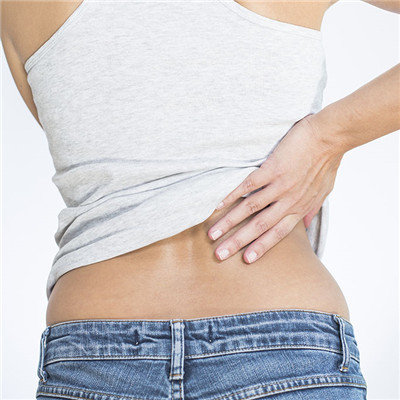
Intermittent claudication: after walking 50 meters to hundreds of meters, the patient's lower limbs gradually become heavier, backache, leg pain, numbness and fatigue, so that he is forced to change his posture or stop walking, and the symptoms are relieved after a slight bend or squatting for a few minutes; After walking for a certain distance, similar symptoms appear again, and they have to walk again after repeated rest. The walking distance is shorter and shorter, and the rest time is longer and longer.
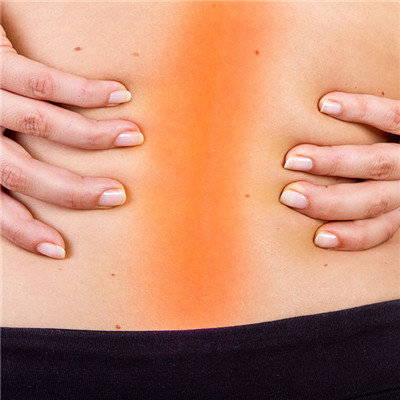
Sensory disturbance: mainly manifested as numbness, allergy or pain of limbs. Most of the patients have the above symptoms, and the initial symptoms. It was mainly caused by the involvement of spinothalamic tract and other sensory nerve fiber tracts. The limbs may be affected at the same time, or symptoms may appear first in one side of the limbs, but most patients begin to have sensory disorders in the upper limbs, especially in the arm. Trunk symptoms include sensory disturbance in the second or lower ribs, tightness in the chest, abdomen or pelvis, which is called "banded sensation". In severe cases, dyspnea may occur.

matters needing attention
We should pay more attention to reasonable working posture and good living habits. When lifting heavy objects, bend the hips and knees, squat down, straighten the waist and back, and press the heavy objects tightly on the body before you can stand up and step. When carrying heavy objects on the back, bend your chest forward slightly, bend your hips and knees slightly, step steadily, and don't take big steps. When sleeping, the head and neck should be in a natural neutral position, the hips and knees should be slightly bent, and the body should be protected from wind, cold and damp.
